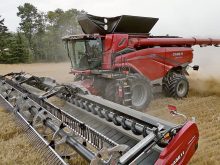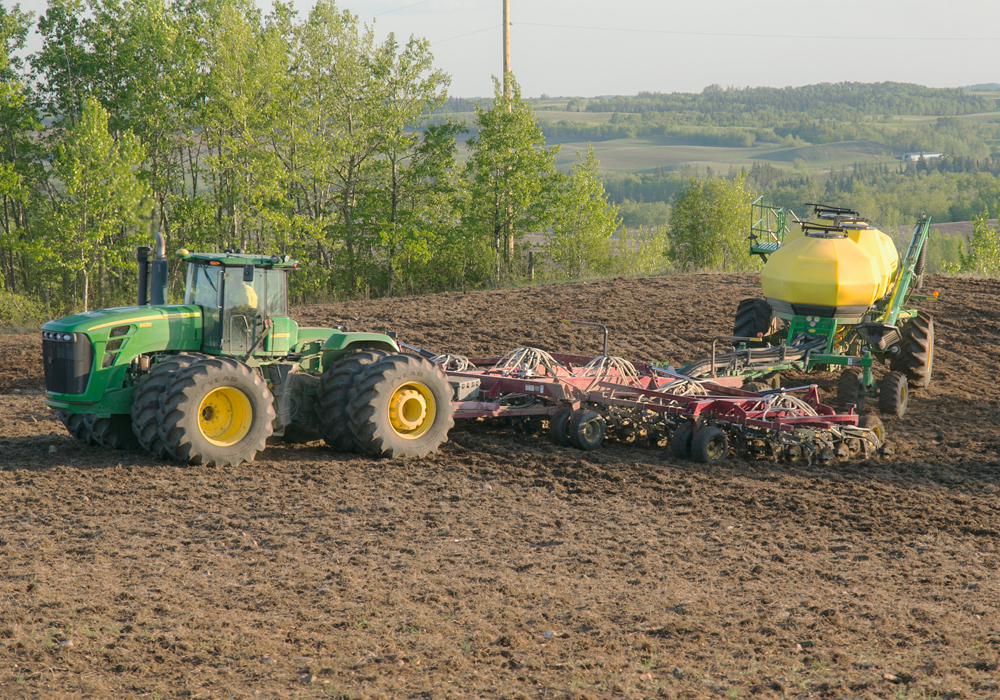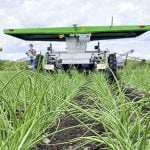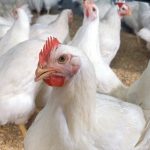The strong possibility of a poor quality crop means lots of livestock feed may be available, but this is doing little to lift the spirits of livestock producers.
Brant Randles, president of Louis Dreyfus Canada, told the International Livestock Congress in Calgary July 11 that livestock inventories are shrinking and livestock prices are falling.
“Prices are insanely low, well below average prices.”
He said record prices were set for North American feed grain in 2006-07, which was good news for grain producers but stressful to livestock owners.
Read Also
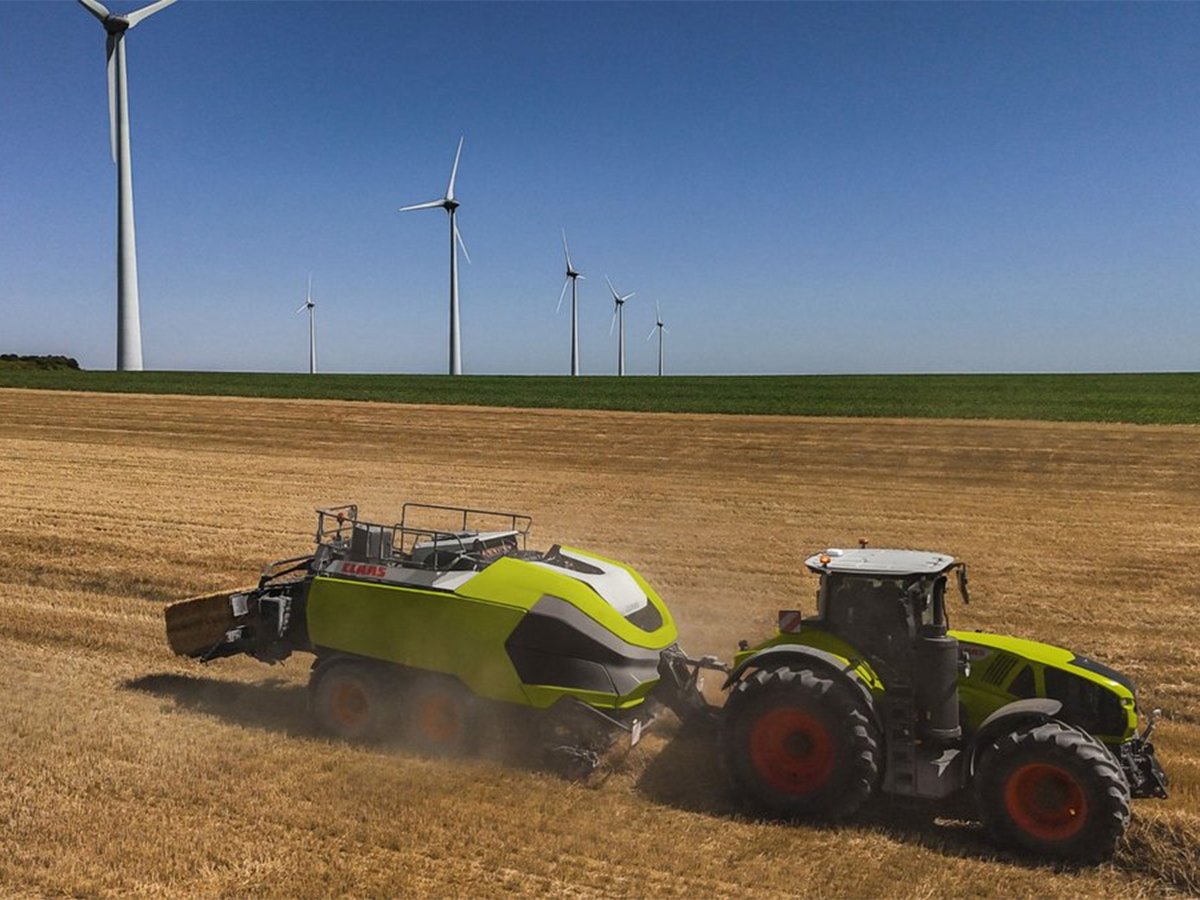
Machinery automation runs through 2025 Agritechnica innovation awards
Computer vision and AI processing for farm machinery show up many times in Agritechnica’s 2025 innovation award winners.
Record levels of wheat, corn, barley, soybeans and canola appeared last year in response to better prices. Plantings of feed grains such as barley in Canada fell off because canola is the better bet with better returns.
Grain prices will not soar like they did two years ago, and barring a major weather disaster in South America or a catastrophic harvest in North America, Randles does not expect much crop price volatility.
However, not all production is going for food or feed.
Government mandates for a higher percentage of biofuel mixed with gasoline keep the ethanol industry functioning, but there have been two major ethanol company bankruptcies in the United States and plants are making just enough money to cover costs.
When crude oil drops below $60 a barrel, more stress is placed on ethanol prices.
“We don’t expect to see an expansion in the ethanol sector any time soon.”
Randles said the good thing about ethanol is that it produces a lot of dried distillers grain that can be used for cattle feed.
About 35 percent of the U.S. corn crop is required to satisfy government mandates for fuel blends, which results in 35 million tonnes of DDGs available in the United States. The amount could increase to 40 million tonnes by 2010-11.
Canada produces 1.2 million tonnes of DDGs from a small base of ethanol production. In addition, 70,000 tonnes of DDGs a month are imported into Alberta from Minnesota and Nebraska for the cattle feeding sector.
Canola meal from Canada is going to the U.S. dairy sector, but that industry is under tremendous stress because of low milk prices.
More than 101,000 cows from 41 states were culled recently, lessening the feed demand.





